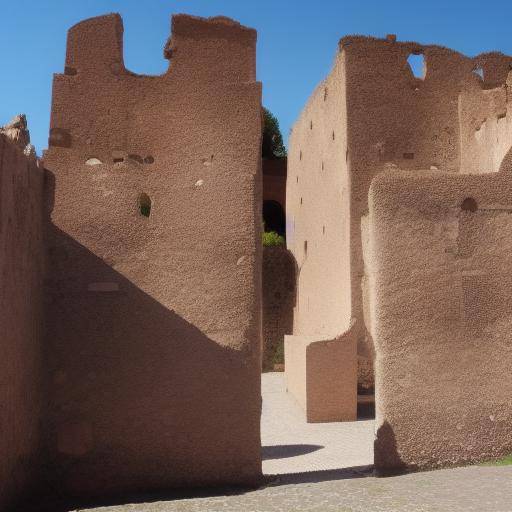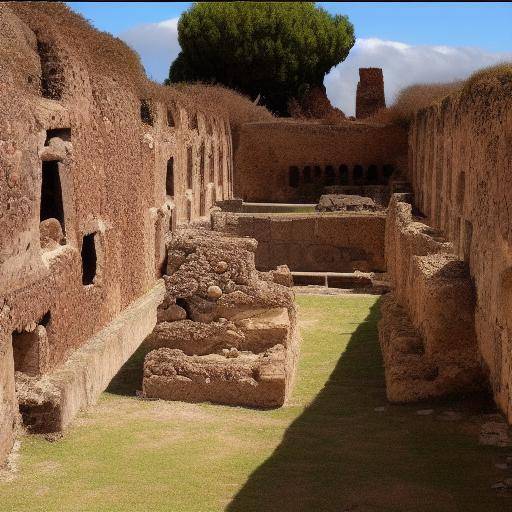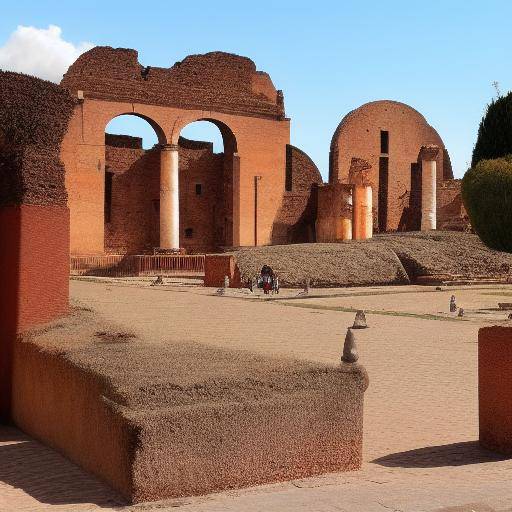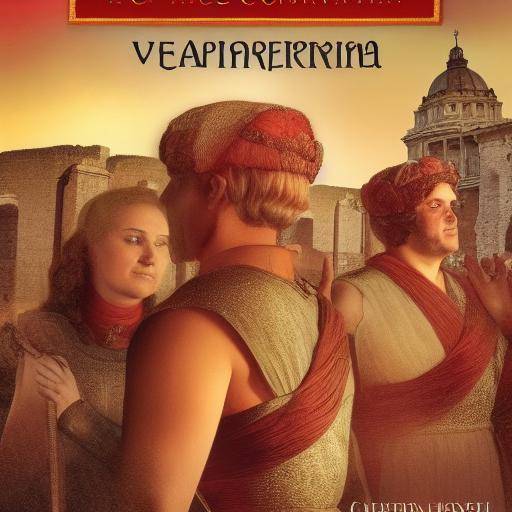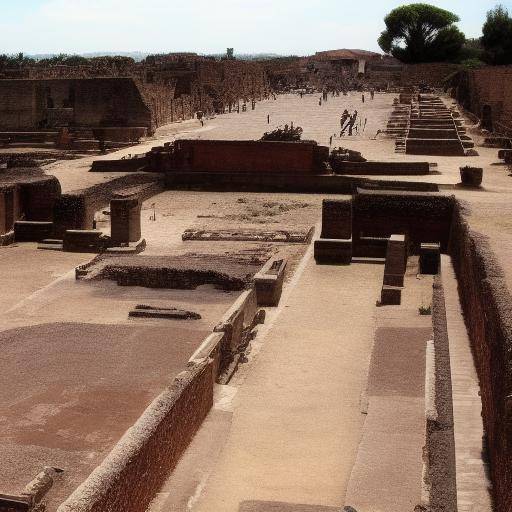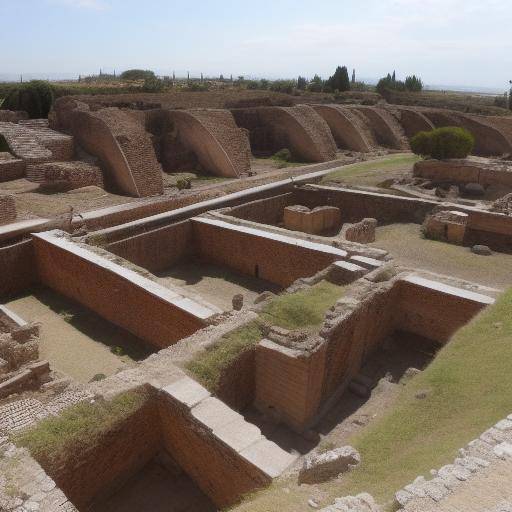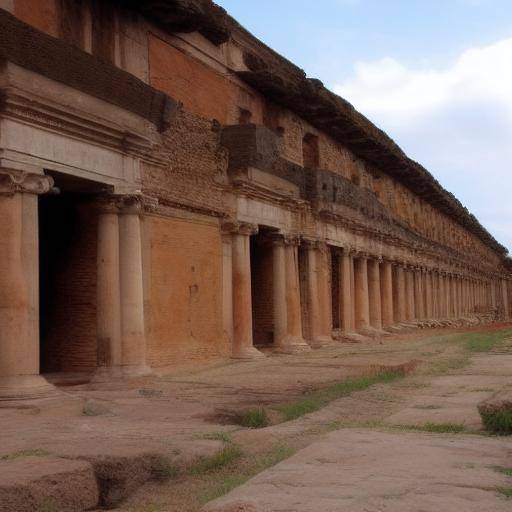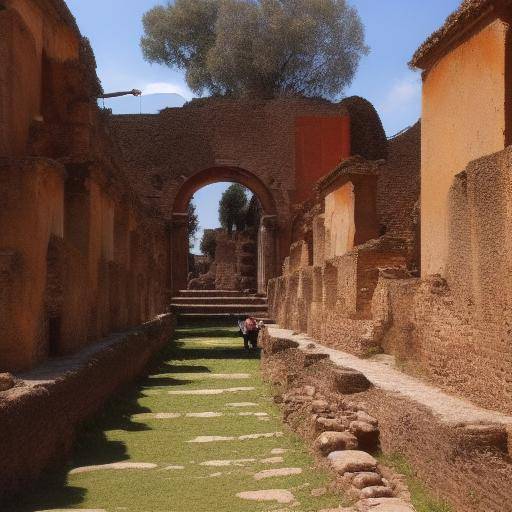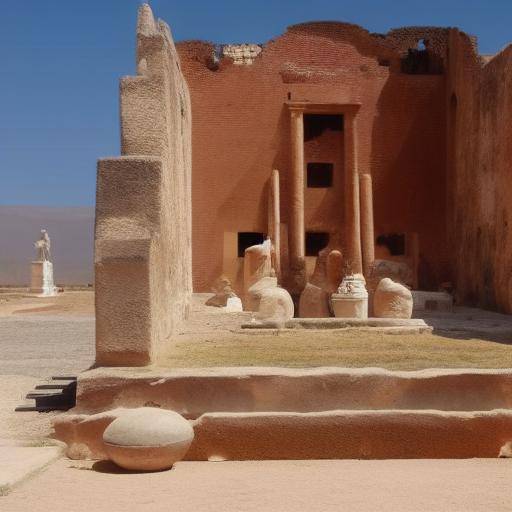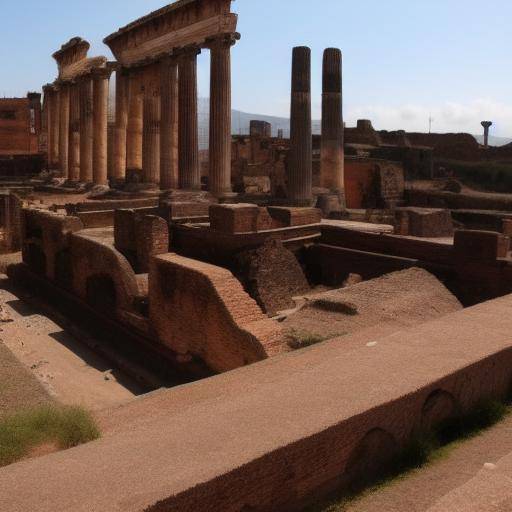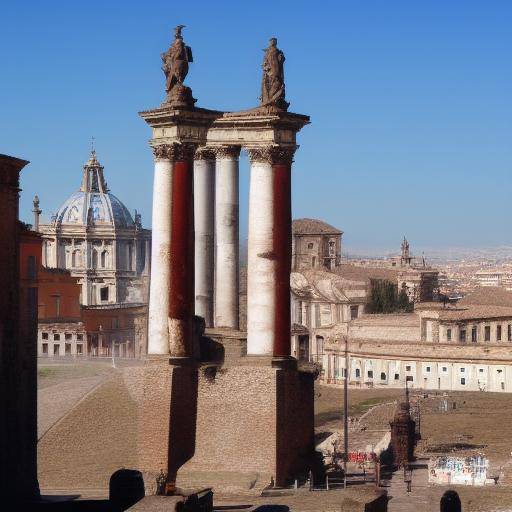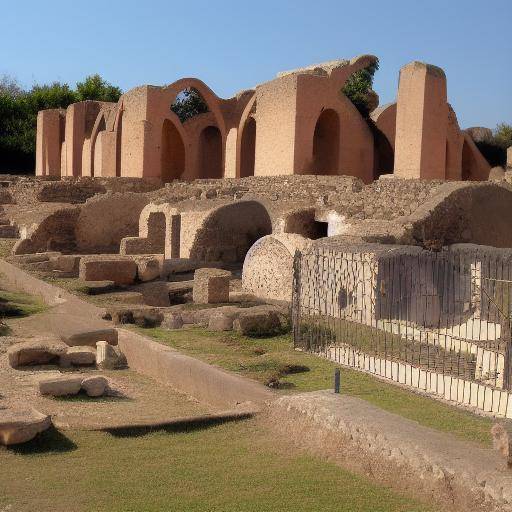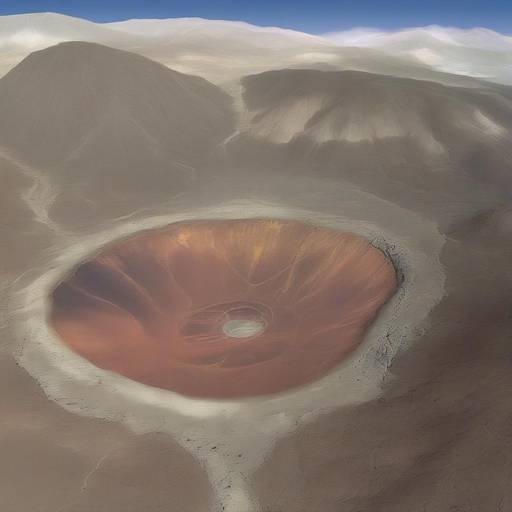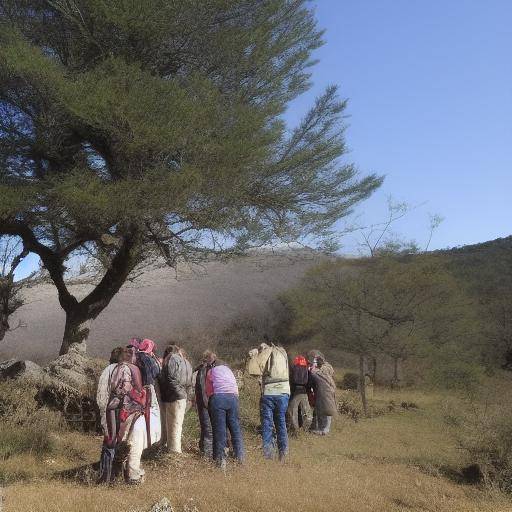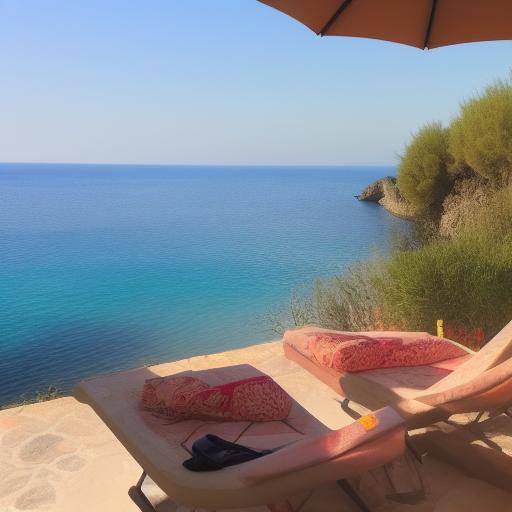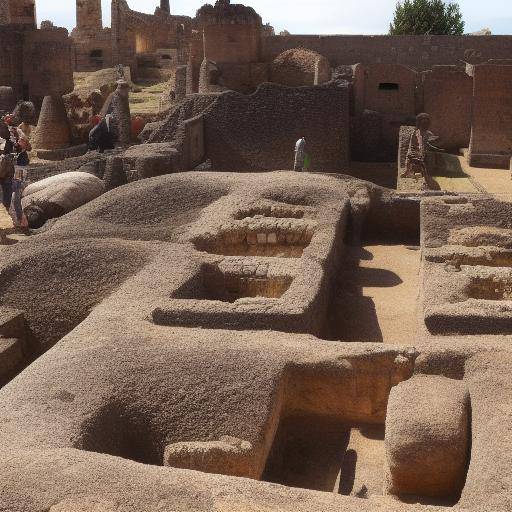
Responsible tourism near Vesuvius and Pompeya not only offers a unique cultural experience, but also plays a vital role in the conservation of the region's valuable archaeological heritage. This article offers a deep dive in history, cultural importance and contemporary challenges of sustainable tourism in this iconic Italian area. From the Vesuvius eruption to the current preservation projects and the impact of responsible tourism, readers will discover how this approach can contribute to the protection and value of these historic sites. Throughout the article, we provide relevant information, in-depth analysis, practical advice and predictions on the future of sustainable tourism in this region.
Introduction
Mount Vesuvius and the city of Pompeya represent a direct link to ancient history, offering visitors the opportunity to immerse themselves in a landscape that has preserved fascinating testimonies of the events that occurred thousands of years ago. As tourism in this region continues to grow, there is a need to promote a responsible approach that guarantees the long-term preservation of these historic treasures.
History and Background
Mount Vesuvius has left an imprint in history, mainly due to the devastating eruption of 79 AD, which buried the cities of Pompeya and Herculaneum under a thick layer of ash. The subsequent discovery of these cities allowed a unique vision of everyday life in ancient Rome and offered valuable insights to understand history and archaeology.
Discovery and Reconstruction
The rediscovery of Pompeii in the 18th century by archaeologists allowed the daily operation of the ancient Roman city to be rebuilt. This event triggered a global interest in archaeology and heritage preservation, laying the foundations for modern archaeological tourism.
Cultural and archaeological importance
The cultural and archaeological importance of Pompeya and Herculano is incalculable. These well-preserved cities provide a unique vision of the ancient world, from its urban structures to the everyday objects of its inhabitants.
Evolution of Tourism
Tourism in the Vesuvius region has experienced significant development in recent decades, with a growing number of visitors interested in exploring the history and culture of these sites. However, this increase in tourist influx poses crucial challenges in terms of conservation and sustainability.
Analysis in Deep
Benefits of Responsible Tourism
Responsible tourism can play a vital role in the conservation of archaeological heritage by sensitizing visitors to the importance of preserving these sites and promoting sustainable practices.
Current Challenges
The balance between heritage preservation and sustainable tourism represents a significant challenge. The proper management of tourism flow, the conservation of archaeological remains and the mitigation of environmental impacts are key issues that need to be addressed in a holistic manner.
Contemporary Trends
The approach to sustainable tourism has led to the implementation of measures such as the limitation of daily visits, the promotion of alternative routes and the awareness of the importance of conservation.
Exhaustive examination
Best Practices and Success Cases
Some conservation and sustainable management projects in the Vesuvius region have achieved a successful balance between the promotion of tourism and the safeguarding of heritage. These success stories highlight the importance of collaboration between local, national and international entities.
Outlook of Experts
Experts on archaeology, conservation and tourism management offer good views on how to address current challenges and foster responsible tourism that contributes to the preservation of archaeological heritage.
Comparative analysis
Vesuvius vs. Pompeii
The comparison between Mount Vesuvius and the city of Pompeya reveals differences in its historical and cultural impact. While Vesuvius represents a natural phenomenon of great relevance, Pompeya offers a unique window to life in ancient Rome.
Synergies between Vesuvius, Pompeii and Sustainable Tourism
Examine the synergies between Mount Vesuvius, the city of Pompeya and sustainable tourism practices allows us to identify opportunities to promote the integrated conservation of these heritage resources.
Practical Tips and Recommendations
Responsible Tourism: How to Contribute
Visitors can adopt responsible practices, such as respecting local regulations, using public transport and contributing to conservation projects, in order to support the preservation of the archaeological environment.
Industry Reflections and Expert Reviews
Implications for the Future
Specialists in sustainable tourism and conservation of archaeological heritage express their reflections on future implications, emphasizing the importance of proactive measures to ensure long-term preservation.
Case Studies and Practical Applications
Examples of Success in Responsible Tourism
The analysis of specific cases of responsible tourism near Vesuvius and Pompeya illustrates effective strategies that have managed to reconcile the tourist flow with the protection of archaeological heritage.
Future Trends and Predictions
Horizons of Sustainable Tourism
Emerging trends in sustainable tourism near Vesuvius and Pompeya indicate a greater focus on environmental education, the use of innovative technologies and the diversification of tourism experiences.
Conclusion
Responsible tourism near Vesuvius and Pompeya represents a crucial opportunity to promote the conservation of archaeological heritage while offering visitors an enriching experience. By adopting sustainable practices, respecting history and supporting conservation projects, everyone can play a key role in safeguarding these historic treasures for future generations.
Frequently asked questions
How can you visit Mount Vesuvius responsibly?
To visit Mount Vesuvius responsibly, it is essential to follow the indications of local authorities, respect protected areas and avoid leaving waste or disrupting flora and fauna. In addition, it is advisable to use local guide services that promote sustainable practices.
What measures are being implemented to preserve the archaeological remains of Pompeya?
Various measures are being implemented in Pompeii, such as restoring damaged structures, limiting access to certain areas and promoting good practices among visitors. In addition, collaboration with international institutions is encouraged to ensure long-term conservation.
How can sustainable tourism benefit local communities near Vesuvius and Pompeya?
Sustainable tourism can generate significant benefits for local communities, such as job creation, boosting the local economy and fostering the conservation of cultural heritage. It also promotes the value of local culture and traditions.
What is the importance of environmental education in the context of responsible tourism near Vesuvius and Pompeii?
Environmental education plays a key role in raising awareness of the importance of preserving natural and cultural environments. Promoting respect for archaeological heritage and understanding of its fragility contributes to ensuring more responsible and sustainable tourism.
Are there research and development projects related to sustainable tourism in the Vesuvius region?
Yes, the Vesuvius region is the subject of numerous research and development projects focused on the promotion of sustainable practices, the conservation of the environment and the valorization of archaeological heritage. These efforts seek to integrate responsible tourism with the long-term preservation of the region.
What is the role of local authorities in promoting sustainable tourism near Vesuvius and Pompeya?
Local authorities play a crucial role in setting regulations, developing sustainable management plans and promoting community participation in tourism planning. Its work contributes to ensuring that tourism near Vesuvius and Pompeya is based on principles of sustainability and preservation of heritage.
This article provides an integral view of responsible tourism near Vesuvius and Pompeya, offering both historical information and contemporary analysis on the importance of the conservation of archaeological heritage. By fostering a sustainable approach, the protection of these precious cultural treasures is promoted, ensuring their enjoyment by generations to come.


